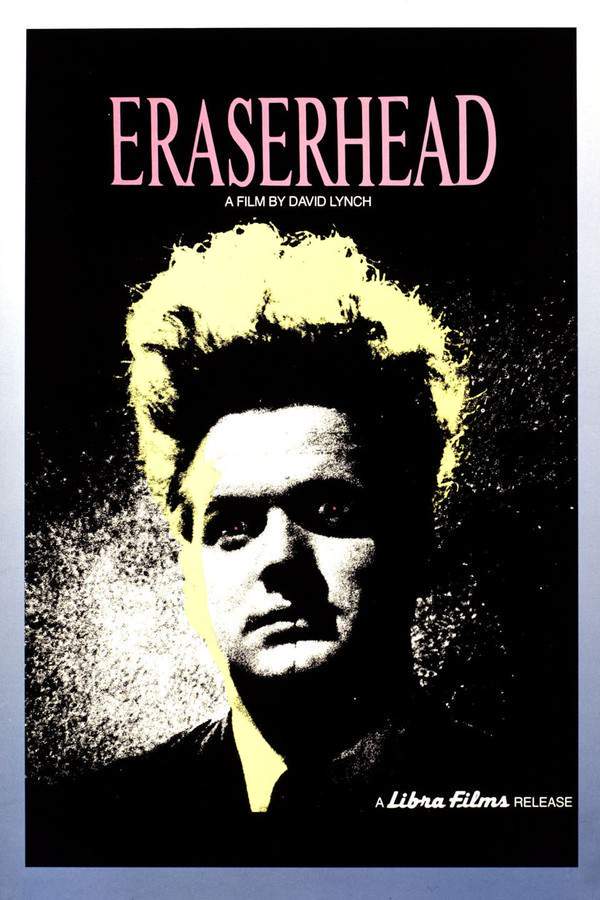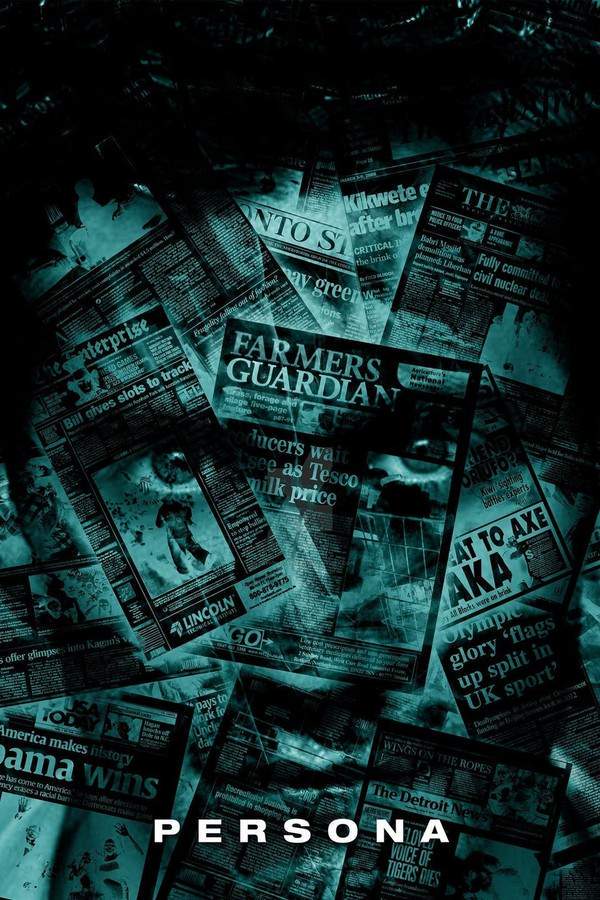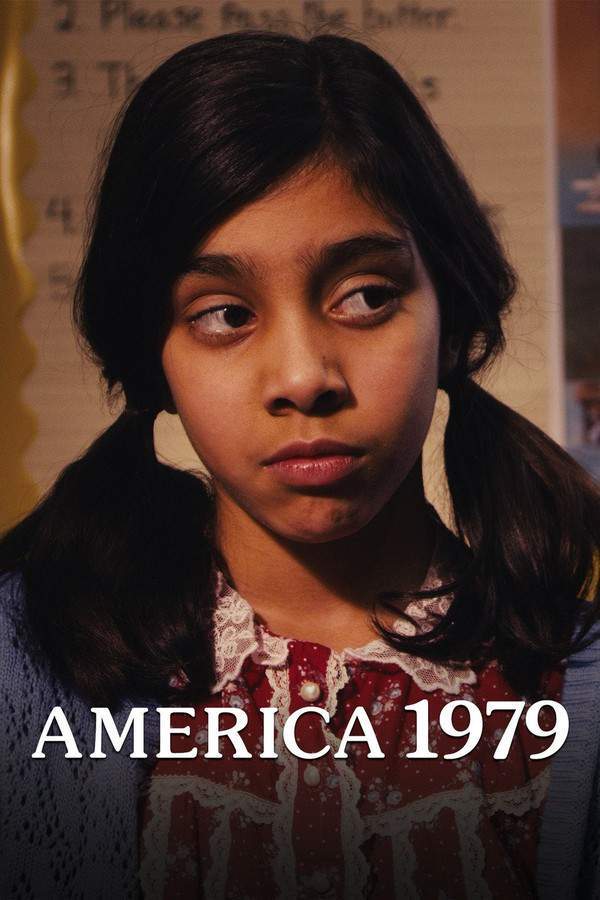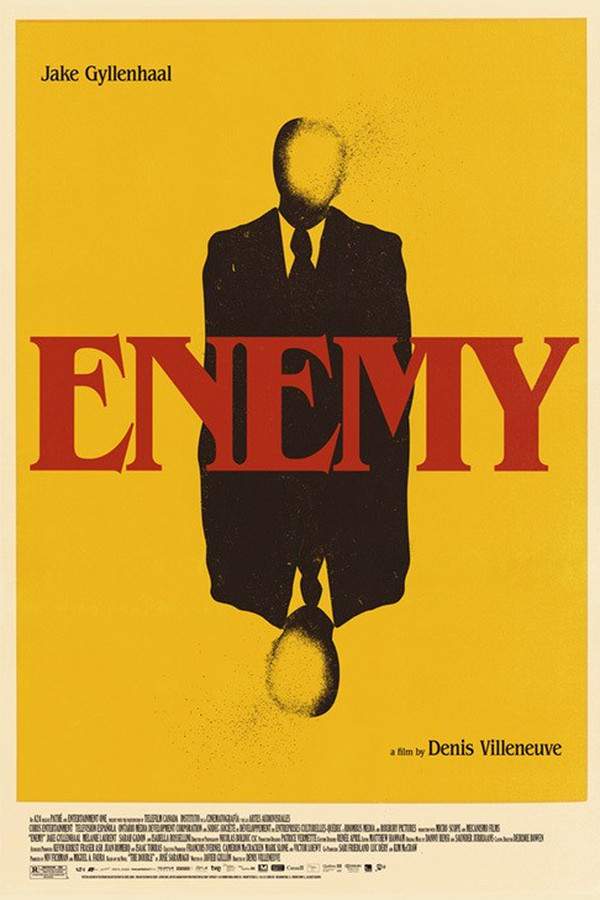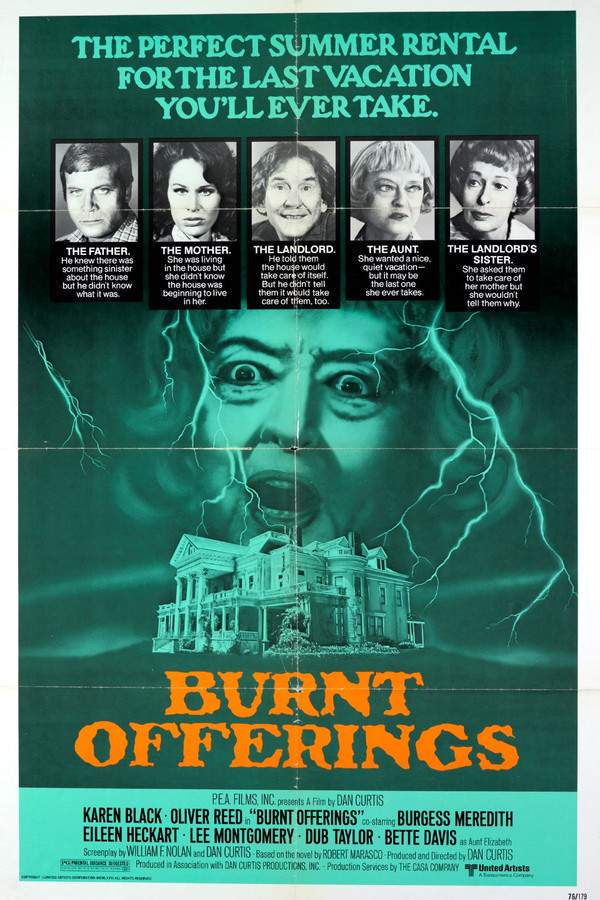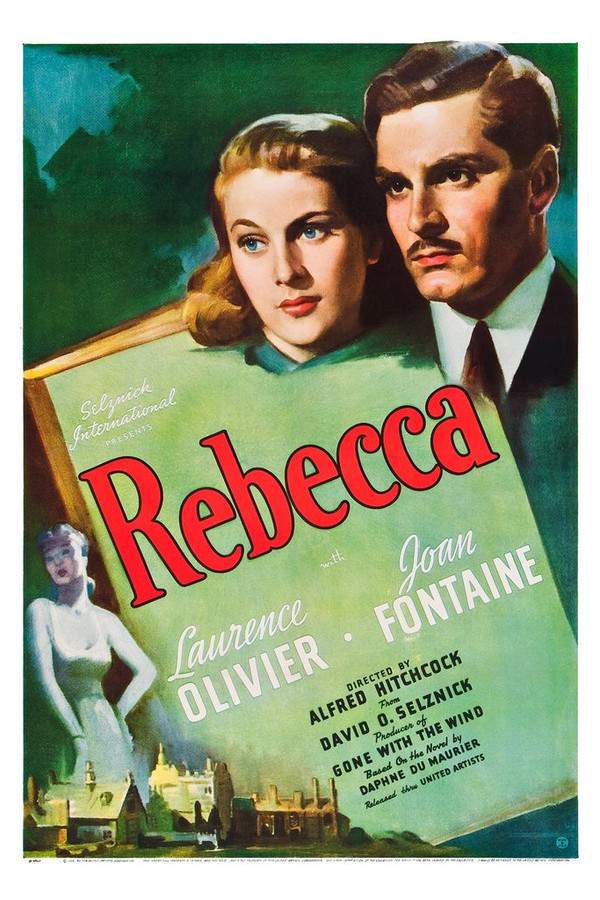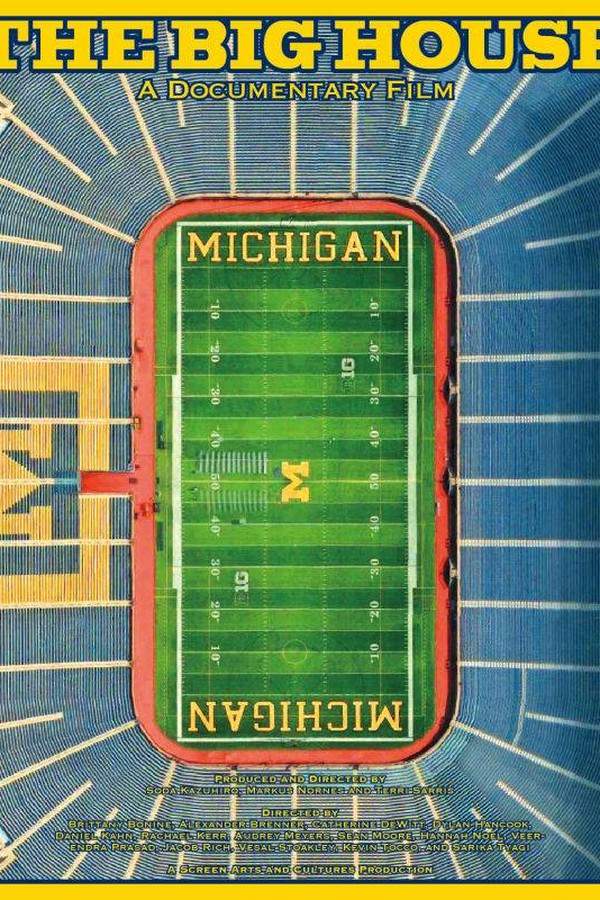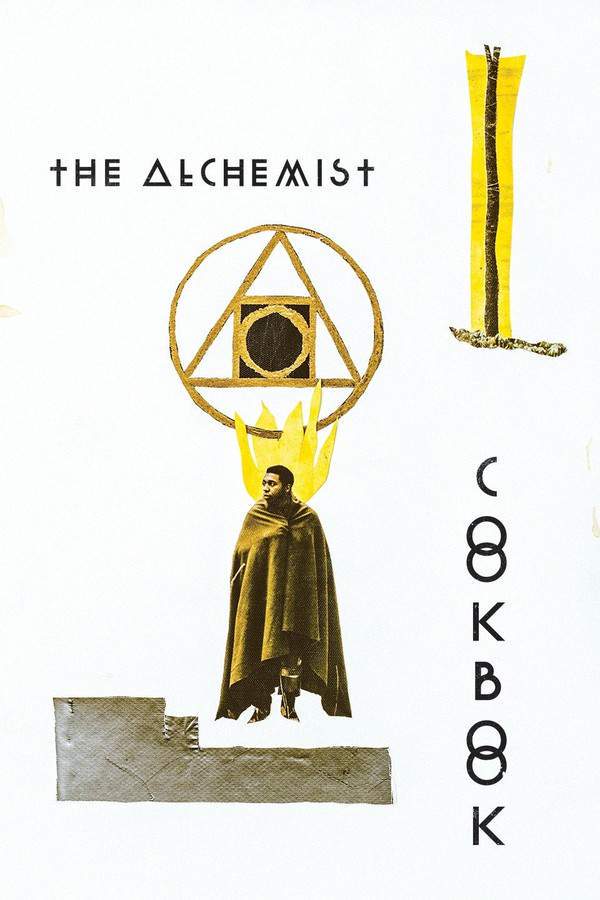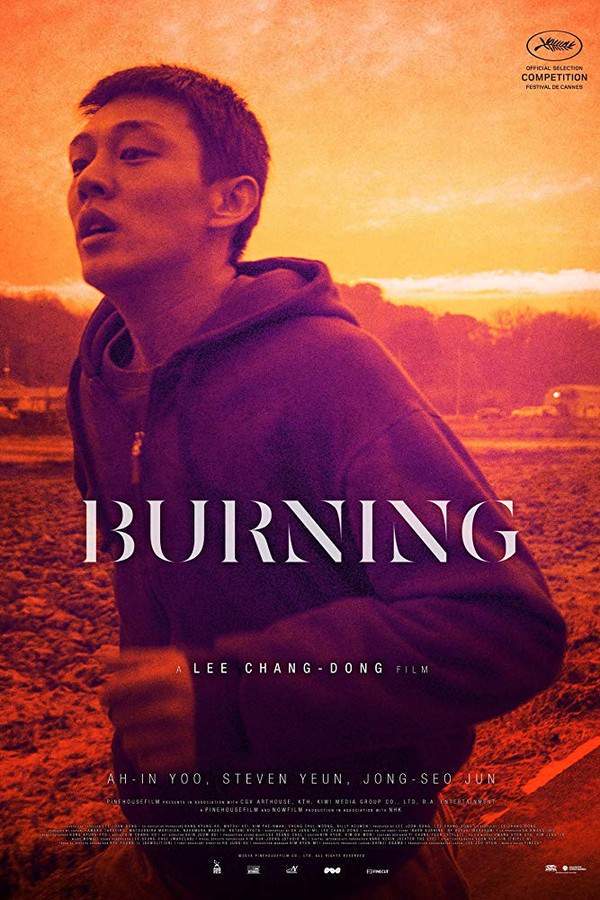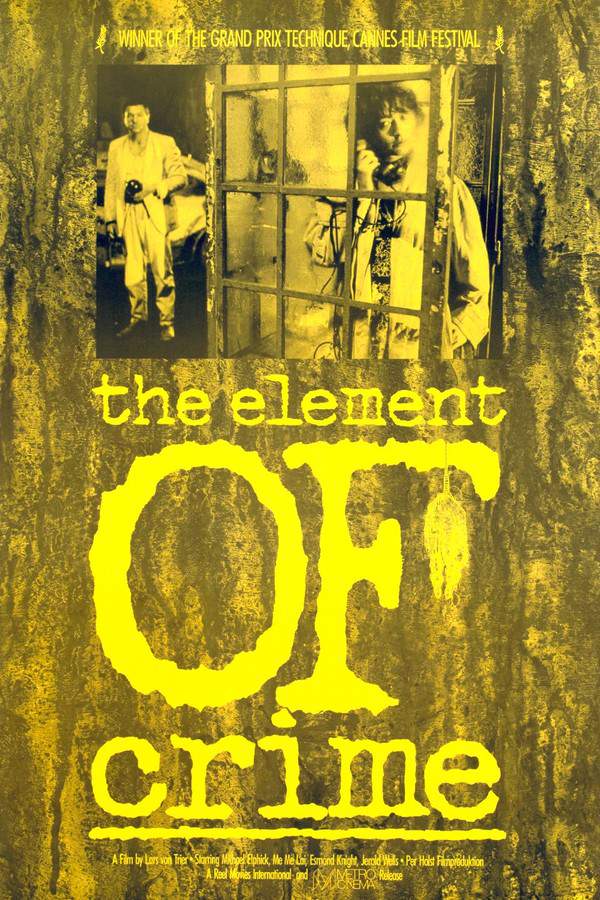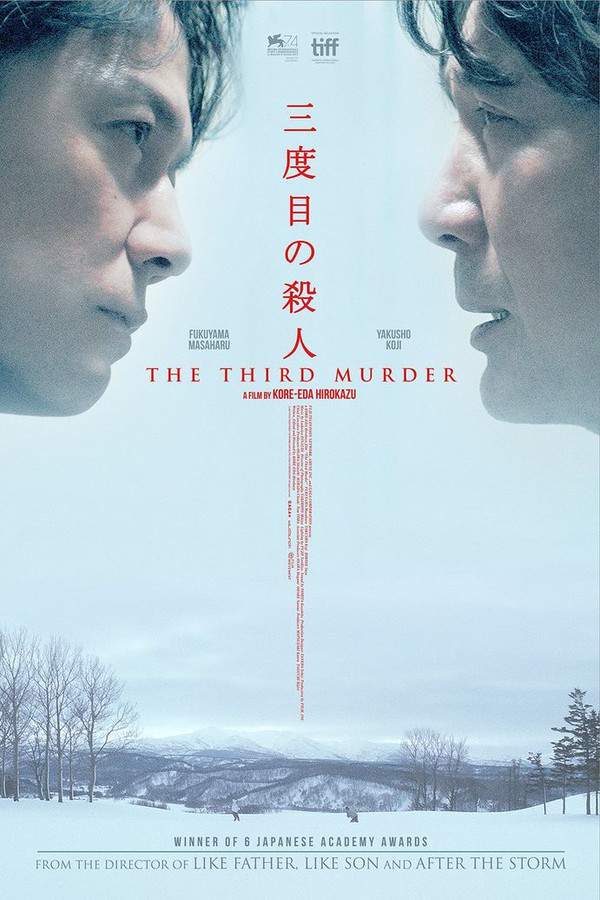
The Third Murder
A brilliant lawyer, Shigemori, takes on the defense of Misumi, a man who readily admits to murder. Initially believing the case straightforward, Shigemori soon finds his certainty shaken as unsettling details emerge. As he investigates, the line between guilt and innocence blurs, and he questions everything he thought he knew. The pursuit of justice becomes a complex and unsettling journey, leaving the outcome uncertain and the truth elusive.
Warning: spoilers below!
Haven’t seen The Third Murder yet? This summary contains major spoilers. Bookmark the page, watch the movie, and come back for the full breakdown. If you're ready, scroll on and relive the story!
The Third Murder (2018) – Full Plot Summary & Ending Explained
Read the complete plot breakdown of The Third Murder (2018), including all key story events, major twists, and the ending explained in detail. Discover what really happened—and what it all means.
As the clock struck 12:30 am on October 11, 2017, a horrifying scene played out alongside the banks of the Tama River. A man’s charred remains lay in the shadows, the result of a vicious assault followed by a ruthless incineration. This dreadful incident would soon unravel into a complex and deeply unsettling murder investigation.
In the midst of this turmoil was Shigemori, a seasoned criminal defense attorney, accompanied by his loyal assistant Kawashima. Their journey commenced at the Yokohama Detention Center, where they met Misumi, the man accused of robbery and murder. Misumi’s past was ominous—he bore a previous conviction from 30 years ago when Shigemori’s own father served as the presiding judge. This judgment had spared Misumi from the death penalty, only to see him recently released.
As they dug deeper into the case, Shigemori and Kawashima encountered a labyrinth of deceptions and contradictions in Misumi’s explanations. He asserted that he had killed the former owner of a food factory in Kawasaki to settle debts, claiming influence from substances during the act. Yet, his prior attorney Settsu provided evidence indicating that Misumi had premeditated the crime long before that fateful night.
The discrepancies in Misumi’s recounting unraveled as quickly as they were formed. He spoke of returning to the factory to retrieve gasoline post-murder, even injuring his hand in the process. Amid reviewing the intricate details, Shigemori’s team saw a chance to mitigate the charges against him.
But as the investigation advanced, they stumbled upon a perplexing cross left at the crime scene, a potential signpost leading them to a teenage girl who walked with a pronounced limp. This clue piqued their interest about possible motivations and underlying connections. Further scrutiny of surveillance footage and the victim’s wallet revealed something astonishing—Misumi had stolen money after the murder, forcing Shigemori to reassess his client’s intentions, effectively challenging any arguments of theft.
A somber visit to the victim’s family, bearing a letter from Misumi, brought Shigemori into the emotional storm raging within the victim’s teenage daughter, whose limp mirrored the symbol left at the crime scene. Without forgiveness from the victim’s wife, the atmosphere was thick with grief. Meanwhile, Kawashima’s inquiries at the factory exposed strains between Misumi and his former employer regarding unpaid wages, prompting Shigemori to rethink their defense strategy, possibly pivoting the narrative towards revenge due to being wrongfully terminated.
With the case continuing to evolve, Shigemori found himself facing a moral quandary, entangled between justice and compassion. As they approached Misumi’s home again, he presented a magazine article that curiously reflected their own case—a tale of a woman who conspired to murder her husband for insurance money. The legal team speculated that Misumi was hired by the victim’s wife, only for Misumi to shockingly affirm that the wife had reached out to him two weeks before the incident, promising security should he remain silent about her involvement.
In the backdrop of their investigation, Shigemori’s father cautioned him against wasting time trying to decipher Misumi’s motivations, advising him to focus on constructing a solid legal defense. Yet, Shigemori sensed there was more at play. In search of clarity, he traveled to Rumoi, Misumi’s hometown, where memories intertwined with feelings of nostalgia emerged as he reflected on a postcard sent to his father by Misumi.
In Rumoi, encounters with the arresting officer shed light on the deeper layers of Misumi’s past crimes, questioning whether a potential coercion by his attorney had tainted the true nature of his confessions. At a local bar, inquiries about Misumi’s attempts to contact his estranged daughter Megumi led to a chilling revelation: Megumi wanted nothing to do with her father and was poised to testify against him.
Returning to Yokohama, Shigemori shared insights with Sakie, hinting at Misumi’s possible affection for her due to their shared experiences linked to Megumi’s disability. However, the discussion turned hostile when Shigemori suggested a hidden relationship between her and Misumi.
As the pivotal trial approached, Shigemori sought to delve into Misumi’s psyche, specifically regarding his alleged intentions with the wallet. Misumi agreed to deny any theft but astutely reframed the conversation, questioning the sincerity behind Shigemori’s legal tactics versus genuine beliefs in his narrative.
A profound turning point occurred when Sakie, the victim’s wife, took the stand. Her assertion that the 500,000 yen was not for greed but tied to her family’s business dealings disrupted the defense’s carefully laid groundwork. A tense confrontation with Sakie unveiled her traumatic history of abuse at the hands of her father, which she unmasked to Misumi, as Shigemori witnessed vivid dreamlike sequences connecting him with both Sakie and Misumi during the horrific act.
With the foundations of his defense collapsing, Misumi revised his story, asserting his innocence and claiming that the money was for illegal business transactions. Settsu advised him to plead guilty to evade execution, as Misumi recounted sending the stolen money to Megumi after suffering burns from a bonfire mishap. Faced with these new developments, Shigemori reluctantly accepted Misumi’s altered account.
In the final moments before the trial resumed, Shigemori confronted Sakie one last time, pleading with her not to condemn Misumi to death. Yet, when the court reconvened, Sakie expressed disbelief that Misumi killed her father for money, wanting mercy instead of retribution. Reluctantly, Misumi claimed coercion from both the prosecution and his own counsel in confessing guilt despite his protestations of innocence. The courtroom found itself on the edge of a precipice, echoing the complexities of morality and truth.
Ultimately, the judge delivered a verdict favoring the prosecution, sentencing Misumi to death. After the trial concluded, Shigemori approached Sakie once more, where she reiterated Misumi’s confounding notion that truth is subjective.
As Shigemori returned to Misumi’s modest home, he pondered over the reasons driving Misumi’s guilt—whether it was an act to shield Sakie from facing her own scars. In turn, Misumi showcased inklings of self-awareness about his existence, suggesting that even he, with his flaws, could have a positive influence on others. This conversation ignited a barrage of emotions in Shigemori, who found the scales of hope and despair precariously balanced.
As he stepped outside, pausing at an intersection, Shigemori gazed upward, encapsulated in a moment of reflection. The stillness belied the inner chaos as he grappled with the intricate nature of humanity and the fragile connections woven between them all.
Last Updated: November 22, 2024 at 18:52
Explore Movie Threads
Discover curated groups of movies connected by mood, themes, and story style. Browse collections built around emotion, atmosphere, and narrative focus to easily find films that match what you feel like watching right now.
Legal Dramas with Moral Ambiguity like The Third Murder
Stories where the pursuit of truth leads only to deeper ambiguity and moral doubt.Explore movies like The Third Murder that challenge the concept of objective truth within legal and ethical frameworks. If you enjoyed the philosophical uncertainty and complex character motivations, you'll find similar thought-provoking stories here that leave clear-cut answers behind.
Narrative Summary
Narratives in this thread typically follow a protagonist, often an investigator or lawyer, who begins with a clear goal but has their convictions systematically dismantled. The plot unfolds through shifting perspectives, unreliable testimony, and hidden histories, ultimately concluding without a definitive resolution, forcing the audience to sit with the discomfort of ambiguity.
Why These Movies?
These films are grouped by their shared focus on epistemological uncertainty. They prioritize psychological tension over action, feature morally complex characters, and deliver an experience defined by intellectual and ethical unease rather than plot-driven closure.
Slow Burn Psychological Dramas like The Third Murder
A creeping, atmospheric unease that builds quietly into profound existential tension.Discover films with a similar slow burn pacing and heavy, unsettling atmosphere as The Third Murder. If you appreciated its methodical build-up of dread and the somber, introspective mood, this selection offers more movies that prioritize psychological tension over fast-paced plots.
Narrative Summary
The journey is inward, focusing on a character's psychological unraveling as they confront an unsettling reality. The plot moves deliberately, often through long, tense conversations and meticulous observation, creating a suffocating atmosphere where the real horror is the erosion of certainty and the weight of unanswerable questions.
Why These Movies?
What binds these films is their shared mood and pacing: a SLOW, deliberate rhythm that fosters a DARK, SOMBER tone and a HIGH level of psychological INTENSITY. They create a specific viewing experience defined by patience, unease, and a heavy emotional footprint.
Unlock the Full Story of The Third Murder
Don't stop at just watching — explore The Third Murder in full detail. From the complete plot summary and scene-by-scene timeline to character breakdowns, thematic analysis, and a deep dive into the ending — every page helps you truly understand what The Third Murder is all about. Plus, discover what's next after the movie.
The Third Murder Timeline
Track the full timeline of The Third Murder with every major event arranged chronologically. Perfect for decoding non-linear storytelling, flashbacks, or parallel narratives with a clear scene-by-scene breakdown.

Characters, Settings & Themes in The Third Murder
Discover the characters, locations, and core themes that shape The Third Murder. Get insights into symbolic elements, setting significance, and deeper narrative meaning — ideal for thematic analysis and movie breakdowns.

The Third Murder Spoiler-Free Summary
Get a quick, spoiler-free overview of The Third Murder that covers the main plot points and key details without revealing any major twists or spoilers. Perfect for those who want to know what to expect before diving in.

More About The Third Murder
Visit What's After the Movie to explore more about The Third Murder: box office results, cast and crew info, production details, post-credit scenes, and external links — all in one place for movie fans and researchers.


